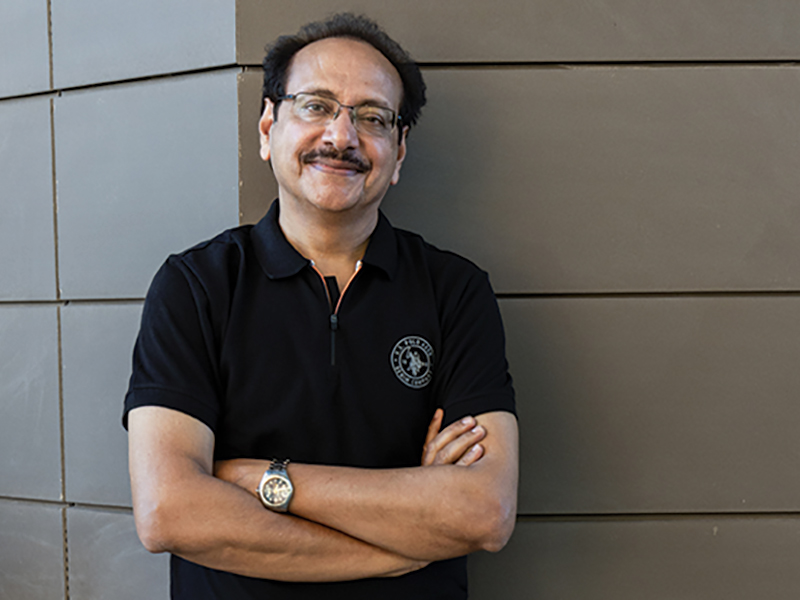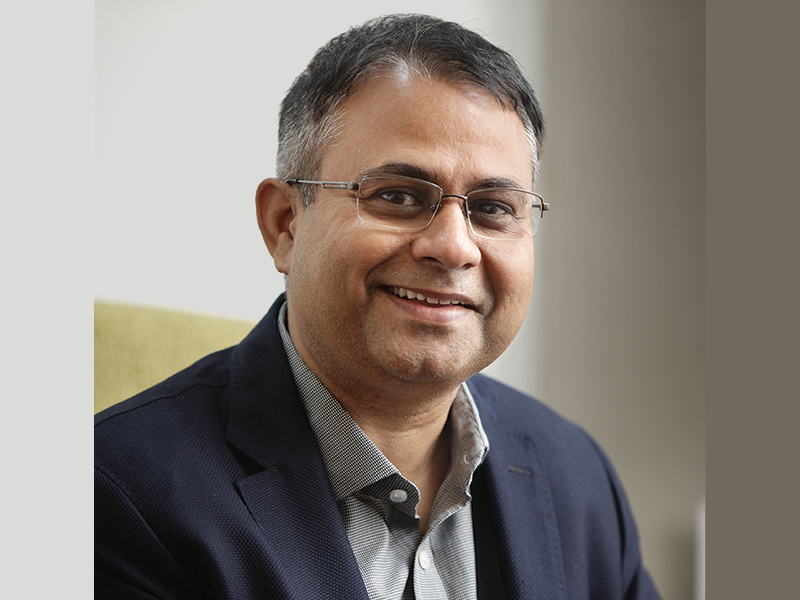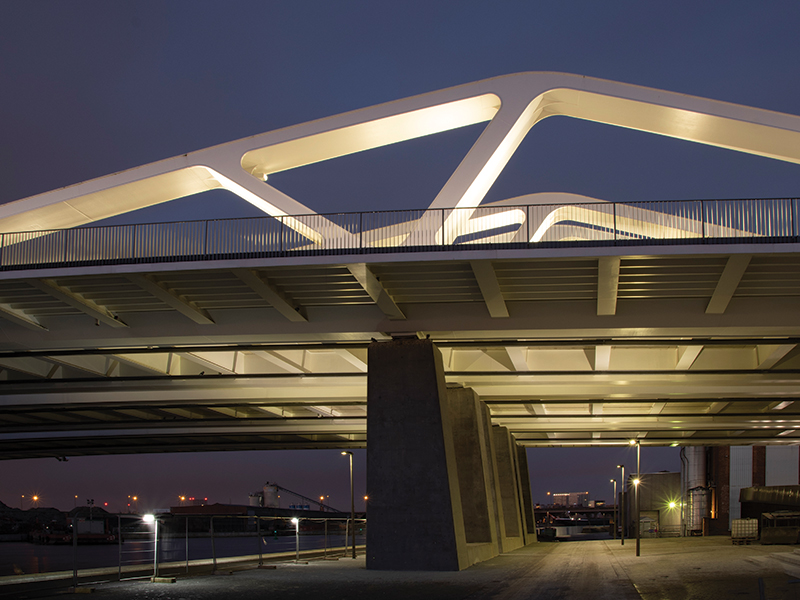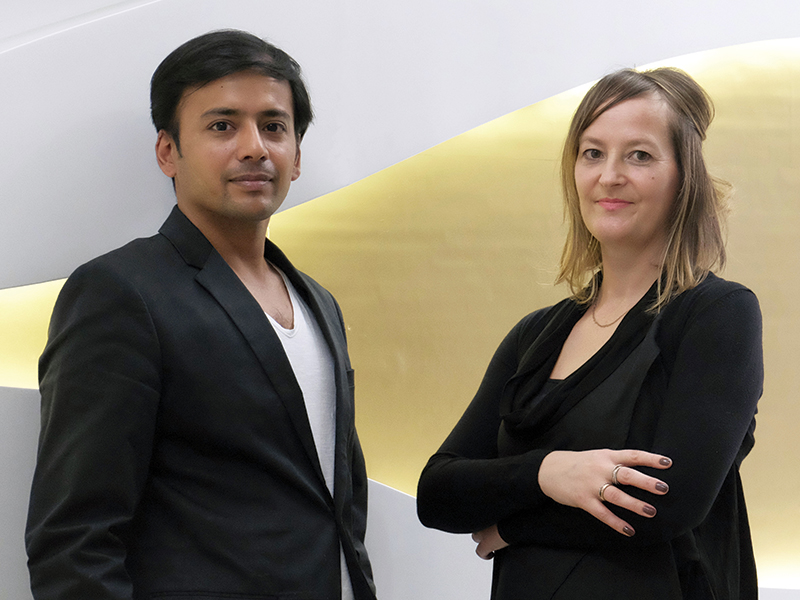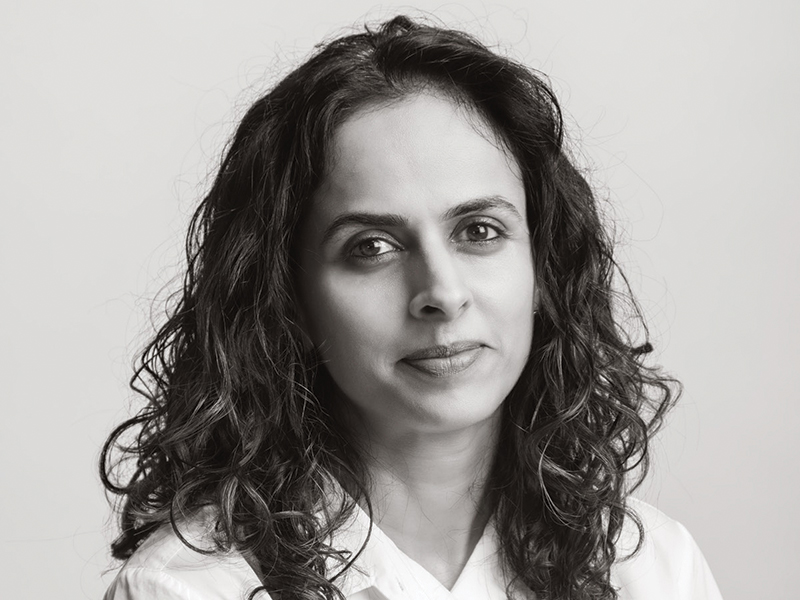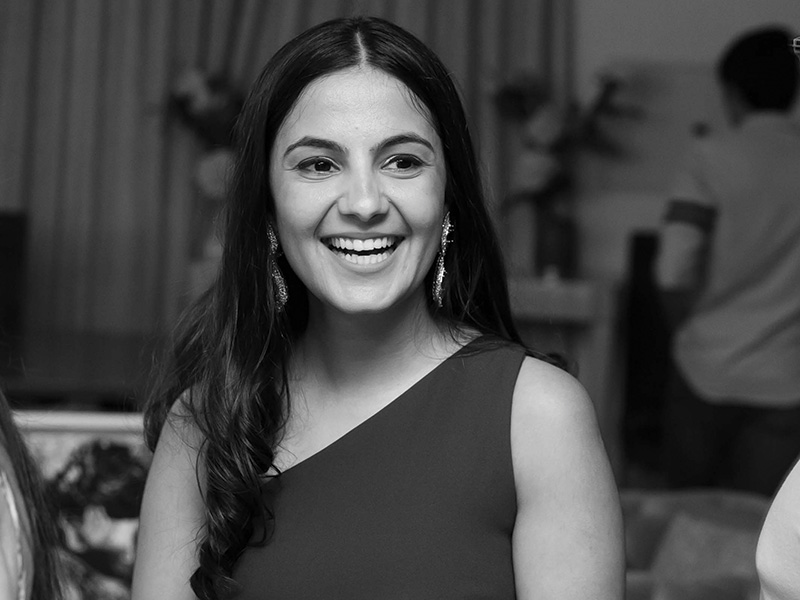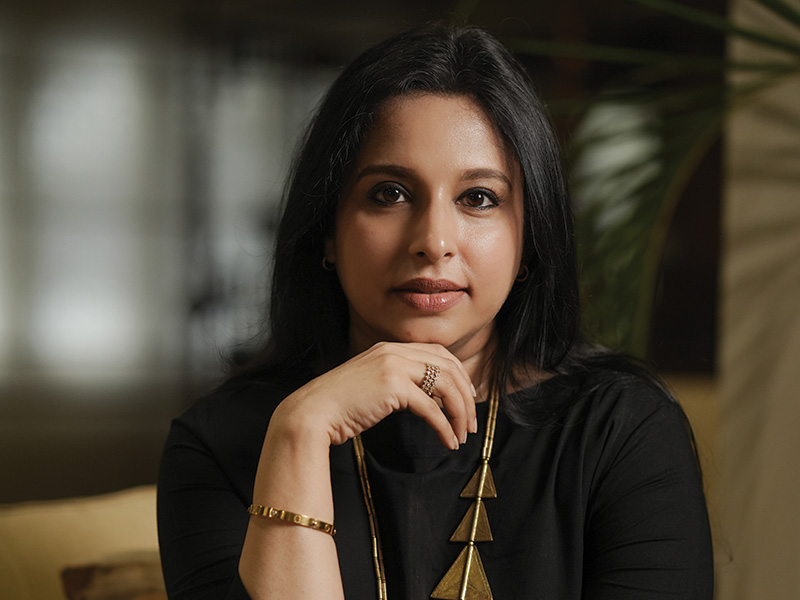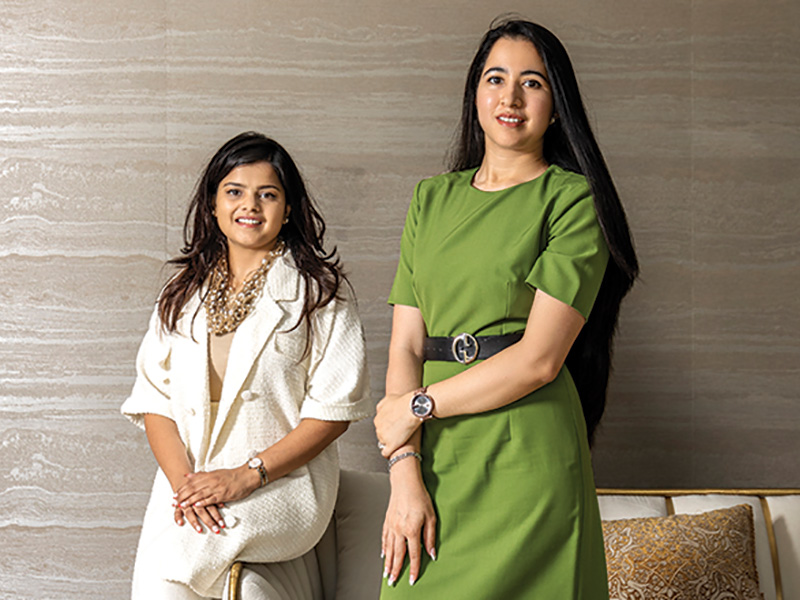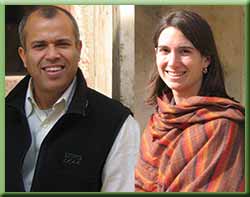
"We strive to create timeless aesthetic relationships, evoking the spirit of contemporary culture, ecology, and technology. Our work evolves as a response to the particular character of each program, site and budget."Ar. Pankaj Vir Gupta & Ar. Christine Mueller
Founded in 2003 by partners Christine Mueller and Pankaj Vir Gupta, the office of vir.mueller architects combines architectural research, education, and practice. After completing their professional degrees at Harvard (Mueller) and at Yale (Vir Gupta), both partners worked on residential and institutional projects in the United States.
The practice of vir.mueller architects evolved from Ar. Mueller and Ar. Pankaj's interests in teaching and research. They received a grant from the Graham Foundation in Chicago to research the making of Golconde, the first cast in place concrete building in India and a dormitory for the Sri Aurobindo Ashram in Pondicherry, designed by Antonin Raymond and George Nakashima. An exemplary work of early modernist architecture in India, Golconde espouses the virtue of design economy and uncompromising construction standards, and proposes a mode of architectural practice where issues of technology and environment dictate the conception and tenor of the entire design process. Ar. Mueller and Ar. Pankaj authored the first complete monograph published on this building. The ideal of Gesamtkunstwerk -a complete work of art- that is exemplified by Golconde has thus become the intellectual foundation of every project that vir.mueller studio undertakes.
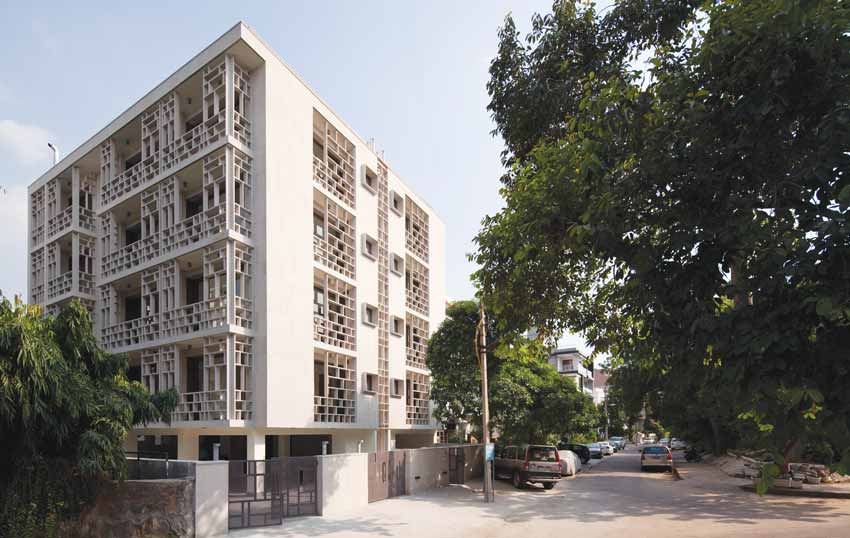
Describing its philosophy for work, the duo says, "While we continue to speculate on the opportunities offered by architectural design, we are convinced that acts of spatial imagination must be tempered with equally seasoned aspirations for construction. Every component of architecture we imagine, must then be drawn over several iterations in order to evolve an articulate template for construction. Our work reflects a slow process of accretion; in lieu of a single ‘big idea,' we prefer to elaborate several aspects of architectural design simultaneously. Hence, the orientation of a material in sunlight may be as generative in our design as the volumetric composition of programmatic elements in space."
In creating projects with locally available materials and crafted by mainstream construction workers, vir.mueller architects assert the primacy of construction means and methods as the basis of a contemporary practice. Following stringent standards for drawing and detailing, the architects are eager to learn from their collaborators onsite -the brick mason, the carpenter and the general contractor. According to Ar. Mueller and Ar. Pankaj, "We believe in working closely with our consultants and in embracing sustainability as an engineering mandate in a manner that is inherently elemental. We have learnt that a well considered and simple structural diagram may create provocative architecture in itself."
They add, "We strive to create timeless aesthetic relationships, evoking the spirit of contemporary culture, ecology, and technology. Our work evolves as a response to the particular character of each program, site and budget. At every scale, we emphasize the integrity of material and craftsmanship, establishing a fundamental relationship between the physical environment, and the art of making architecture. We seek to elevate the expectation of the ordinary and create architectures capable of identity without bombast."
Elaborating on their material choice the duo inform, "As humanists, the social and contextual background of our material choices is as important as their aesthetic value. Designing and building thoughtfully are vital to the sustenance of our practice, if only as an antidote to the indifference with which the average Indian regards architecture. We are fearless about adopting anachronistic tendencies whose long-term benefits are considerable; hence our preference to build with materials expressed in their natural state. We take great pride when our designs empower daily-wage construction workers to consider themselves artisans. Rather than bemoaning rapidly vanishing craft traditions, we are energized by the prospect of elevating standards of construction across the building industry."
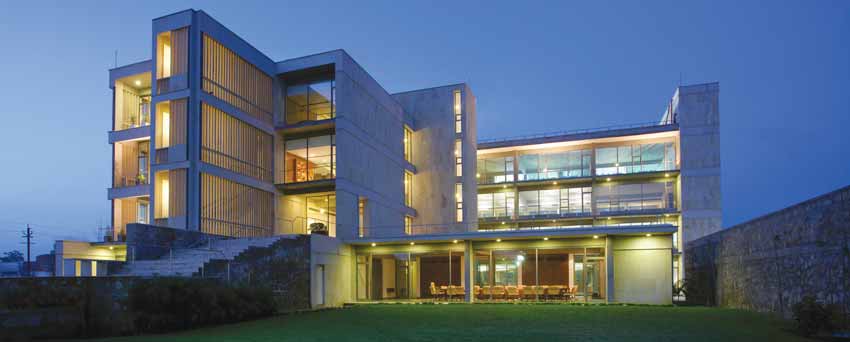
The firm defines that the ethos of its studio is to perpetuate to as wide an audience as possible, an alternative means of experiencing architecture. They'd rather design for the many than for a select discerning few. For vir.mueller architects, the act of architecture is also an act of resistance, a refusal to cater to the accepted praxis of design and construction as perceived in India today. The idea of citizen architects, visible to the public as an informed voice of design-related issues, defines the firm's identity as an architectural studio. This philosophy has guided its endeavors in its years of teaching and consulting for public and civic agencies.
The architect partners inform, "We have been fortunate that our work has spanned a range of typologies, scale and context. This has allowed us to redefine for ourselves how the verb to live –encompassing to work, to think, to eat, to play- is actually enacted in space. Every project is an opportunity to explore the relationship between the culture of a place -both physical and material- and its craft traditions. The geographic context of our projects -Boston, Colorado, Udaipur, Delhi, Ahmedabad, Kolkata, Chandigarh- have offered us significant variations in the quality of light, the colour of foliage, the topography of landscape, making us aware of a more pliable sense of the elements. By discovering the roots of a place through such cues, we participate in galvanizing this context."
The duo concludes by saying that, "A sense of intellectual curiosity and a single-minded belief in design excellence define our studio. We cherish our intimacy with all aspects of design and enjoy the discourse that our collaborations have engendered. Demanding clients, impassioned engineers, and careful craftsmen continue to make us better architects."

